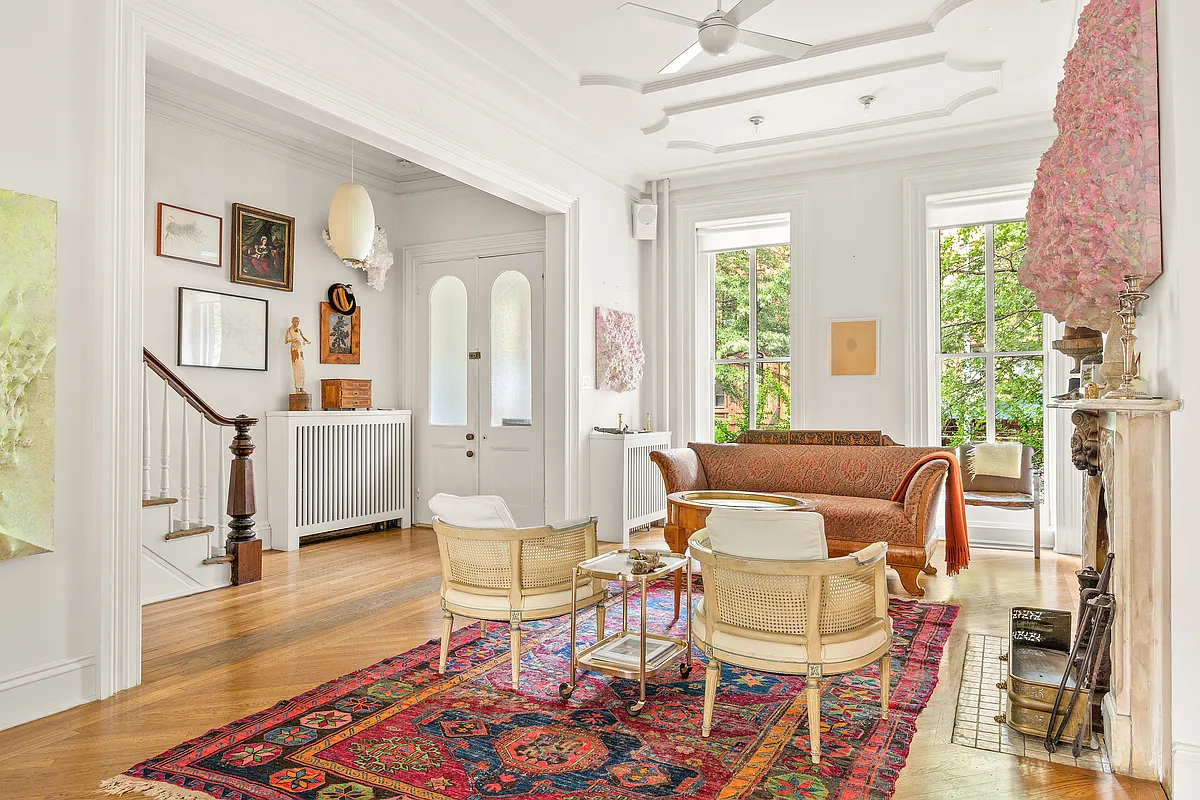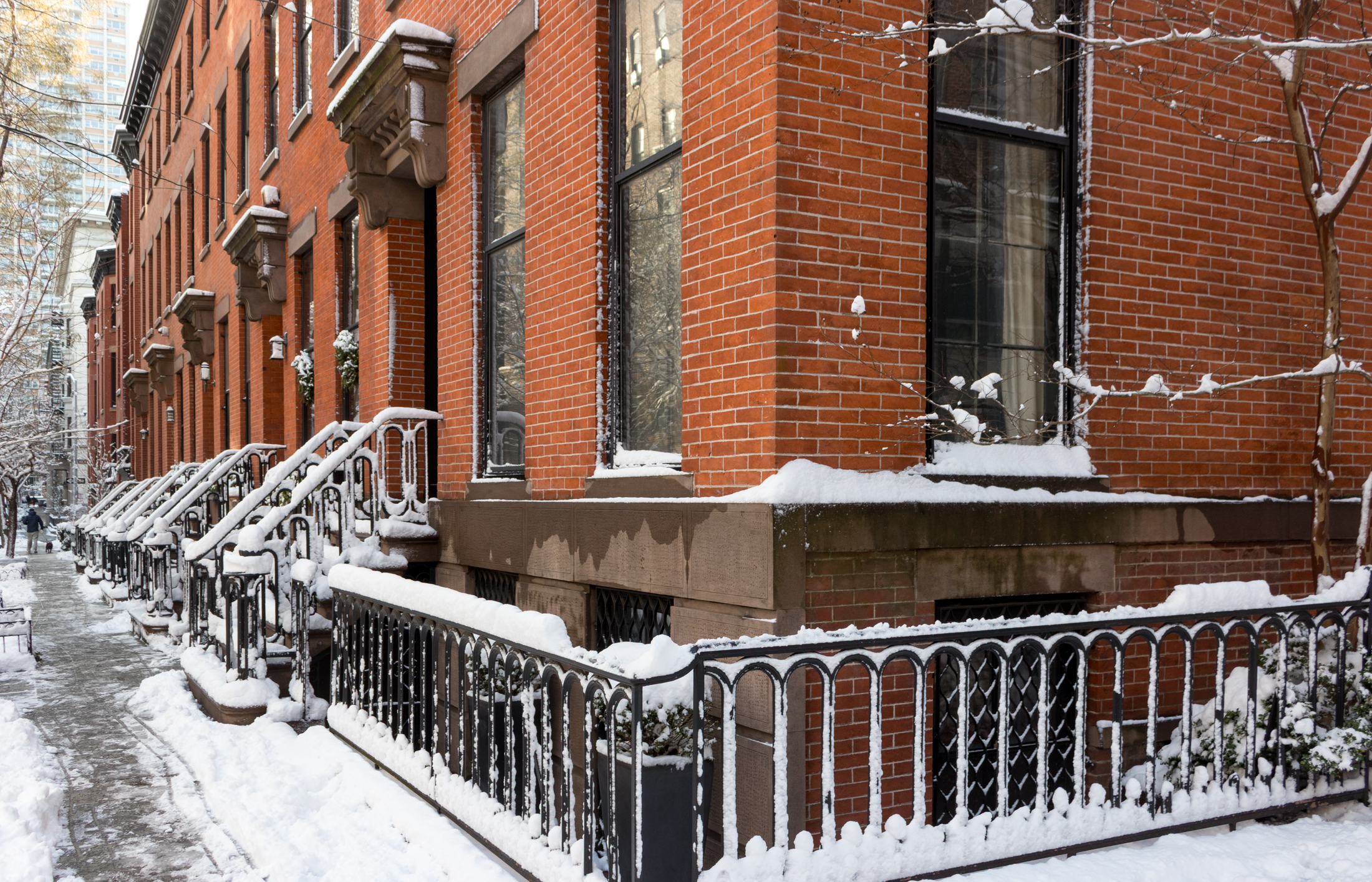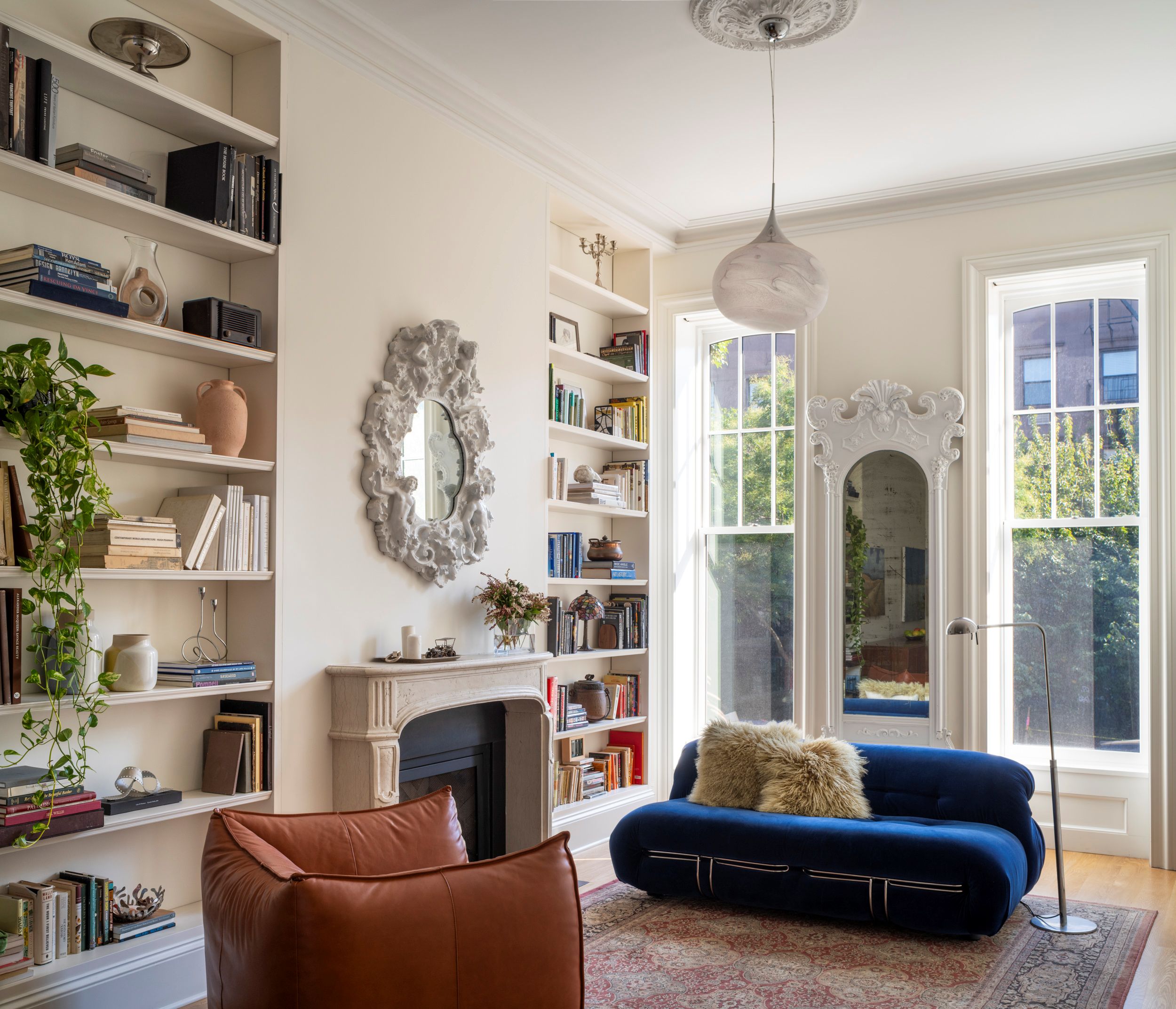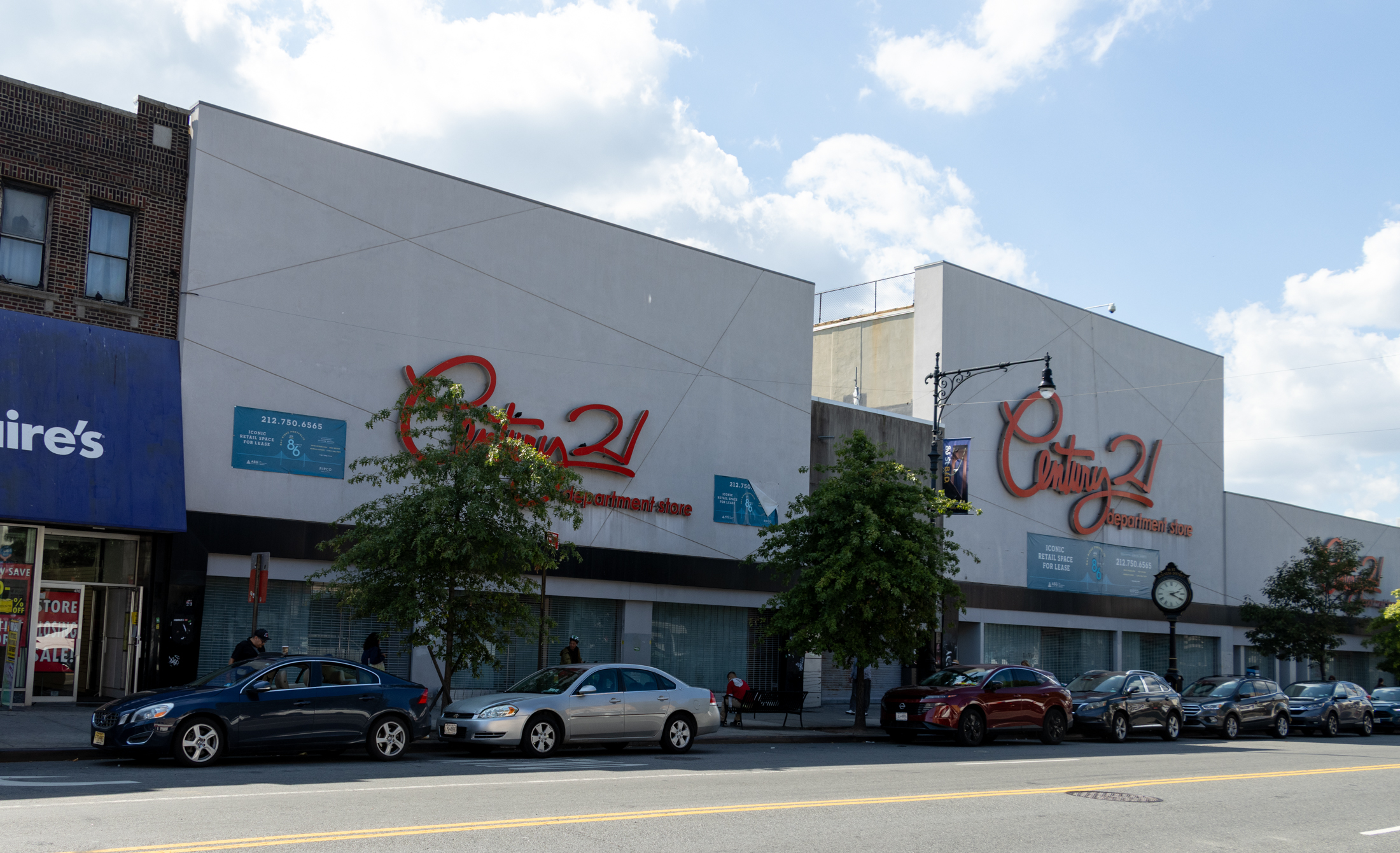The prettiest blocks in Queens: historic streets in Forest Hills, LIC, Sunnyside, St. Albans and Jackson Heights
Whether you’re looking for your dream home or just want to go on a scenic stroll, here is our guide to what we think are the five most beautiful streets in the entire borough. They have five different looks and vibes, but all feature lush greenery, appealing architecture, and historic charm – and most of…

Whether you’re looking for your dream home or just want to go on a scenic stroll, here is our guide to what we think are the five most beautiful streets in the entire borough. They have five different looks and vibes, but all feature lush greenery, appealing architecture, and historic charm – and most of them have been granted landmark status, so they’re bound to stay pretty for decades to come.
1. Bow Street, Forest Hills (GMAP)

Wandering around Forest Hills Gardens gives you that “it’s hard to believe I’m in NYC right now” feeling. The curved, privately owned streets, palatial homes, and features like the private tennis club seem odd, considering how close they are to Queens Boulevard and the subway.
Forest Hills Gardens was planned and built in the early 1900s, modeled after the garden communities in England. Designed by architect Grosvenor Atterbury and landscape architect Frederick Law Olmsted, Jr. (son of the famous mastermind behind Central Park), it was one of the earliest American iterations of the Garden City movement.
The graceful, opulent Tudor and Colonial houses and apartment buildings, tucked behind the LIRR station, still give off the vibe of a European village. Forest Hills Gardens is a privately owned community, the only one in Queens, and there are strict aesthetic standards meant to maintain the area’s distinct feel.
2. 45th Avenue between 21st and 23rd Streets, Long Island City (GMAP)

A historic landmark district in the midst of the industrial activity and high-rise development of LIC, this block was the only one in Queens to make it onto Time Out New York’s list of 10 best blocks in the city.
The high-stooped, brick, stone, and colorfully painted townhouses of the Hunters Point Historic District were mostly built in the 1870s. The set of Italianate rowhouses is particularly special – they’re made of a Westchester stone that’s much more durable than the “brownstone” that became typical of the style, and therefore remain in pristine condition 140 years later.
These historic homes were originally part of a quiet, residential area before the subways and heavy industrialization rolled through. Hunters Point has seen a lot of dramatic changes since the 1870s, and now this preserved section of the neighborhood offers a tree-lined oasis right near all the action.
3. 47th Street between 39th and Skillman Avenues, Sunnyside (GMAP)

The Sunnyside Gardens micro-neighborhood spans from 43rd Street to 52nd Street, and it’s hard to choose just one block from among all the shady streets with immaculately planted gardens. But on 47th Street, the mix of brick rowhouses, cheerfully painted doors, and greenery-flanked walkways comes together almost perfectly.
Sunnyside Gardens was built from 1924 to 1929 and became a famous example of a planned community in the Garden City movement. Originally intended to be low-income housing, it soon became a middle class, predominantly Irish American community. In the 1940s and 50s, the green spaces of the neighborhood compelled many artists and writers to move with their families from Manhattan; so Sunnyside became known as the “maternity ward of Greenwich Village.”
Today the area has a small-town feel, and in 2008 it became a landmark district after heated local debate. Some residents were worried about the area becoming further gentrified as a result of the landmark status, while others were more concerned with the aesthetic elements being preserved.
4. 178th Street between 112th and Murdock Avenues, St. Albans (GMAP)

Addisleigh Park, an upscale section of St. Albans, became an official historic landmark district in early 2011. One of its loveliest blocks is on 178th Street, where singer Lena Horne used to live. Also in the neighborhood are the old residences of Ella Fitzgerald, James Brown, Babe Ruth, John Coltrane, and Count Basie, among other important figures. See this map for specific addresses of those music and sports legends.
The Addisleigh Park Historic District includes 426 buildings, many of them charming brick and stucco homes with steeply pitched gable roofs, that were built between the 1910s and 1930s. The houses were originally designated for white buyers only; sale to blacks was technically prohibited. In the 1940s, lawsuits were filed by neighbors against homeowners who had sold to African Americans.
By 1948, the racial restrictions in real estate contracts were struck down by the U.S. Supreme Court, and the black population of Addisleigh Park increased, turning the area into a famous enclave of wealthy African Americans. Today the neighborhood is about 90% African American and resembles an upper-middle class suburb.
5. 81st Street between 34th and 35th Avenues, Jackson Heights (GMAP)

The stately garden co-ops of Jackson Heights are some of the most attractive large apartment buildings in Queens. One of our favorites is on 81st Street, an especially pleasant walk when the yellow cloth awnings are up and the luxuriant plantings peek out from the courtyards. Called Hayes Court, this elegant building was one of a batch of garden apartments that Queensboro Corporation put up in the neighborhood in the 1920s.
The garden apartments, with their shared green courtyards, were meant to offer respite from bustling city life. Although the area around them has since been built up significantly, these buildings still lend a peaceful quality to the neighborhood. Since it’s a historic landmark district, there are restrictions on development so that the look and feel of the garden apartments will be preserved.





http://www.ooowatch.com/tokei/other_watch/index.html
ウブロ スーパーコピー,ブランド時計 コピー,ブランド スーパーコピー,コピーブランド 通販,スーパーコピー 財布その他の世界一流ブランドコピーを取り扱っています。 }}}}}}